The Fillmore East
A Yiddish theater turned movie house turned rock and roll landmark turned gay disco turned bank.
It was only open for 3 years, 3 months, and 19 days, but in that short time the Fillmore East made an indelible mark on New York’s rock scene in the 1960s. Housed in a former Yiddish theater, the concert hall sold out performances by greats like Jimi Hendrix, Joni Mitchell, and The Grateful Dead.
In 1926 the building opened as the Commodore Theater cinema, along a strip of theaters on 2nd Avenue known as the Jewish Rialto for its popular Yiddish theatre scene. By the 1930s, it had become the spot to go for live Yiddish vaudeville, and the theater was regularly rented out for left-wing meetings and benefits.
The Kosher dairy restaurant, Ratner’s, had a location next door, which was a favorite of theatergoers and Yiddish stage stars alike. As the Jewish Rialto declined in the following decades, the building became a run of the mill movie house, though it did host occasional performances by Lenny Bruce, Timothy Leary, and Allen Ginsberg.
In 1968, another Jewish entertainer reinvented the building. Bill Graham, who had kickstarted the rock music scene in San Francisco with the Fillmore Auditorium, sought to recreate that success in his hometown. He named it the Fillmore East. It quickly became a hit. Despite its diminutive facade, the building could hold an audience of 2,600, and seats sold out fast.
Graham ran two-show concerts on Fridays and Saturdays that attracted enthusiastic audiences. Among those performing at the Fillmore East were Elton John, Crosby, Stills, Nash, & Young, Janis Joplin, Otis Redding, and so many more. Occasionally there were special runs, such as The Who performing “Tommy” for 6 nights in a row. Because of its excellent acoustics, numerous albums were recorded at the Fillmore East. Consistently politically active, Graham staged benefits there as well, notably one for Eldridge Cleaver called “Black Theater for the Black Panthers.” The venue was also famous for its state of the art light shows. Graham closed the Fillmore East in 1971, citing a need to “find himself”.
After a decade of abandonment, the building opened as a private gay disco called The Saint, known for its brilliantly appointed dance floor and parties, but it too closed in the panic of the AIDS epidemic. In 1996, the theater and auditorium portion of the building located on 6th Street was torn down to build a residential building. But the former lobby of the Fillmore East remains as a branch of Emigrant Bank, and reminders of the music venue exist in and around the building in the form of an exhibit in the lobby of the bank, the street “Bill Grahams Way” (named for the Fillmore’s owner and promoter), and a tile mosaic on the lamppost outside the building.

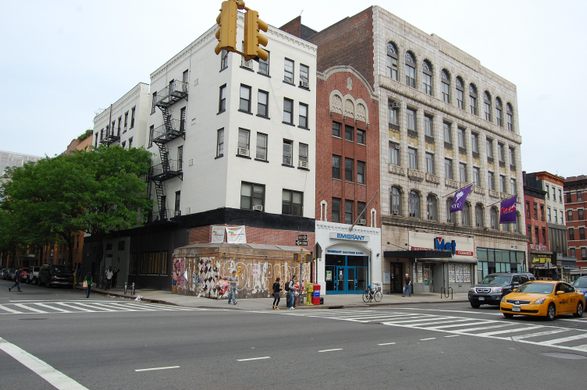
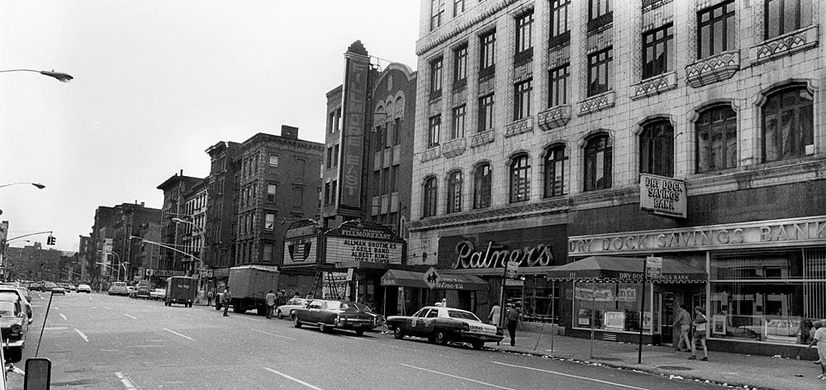

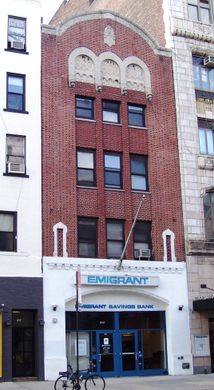

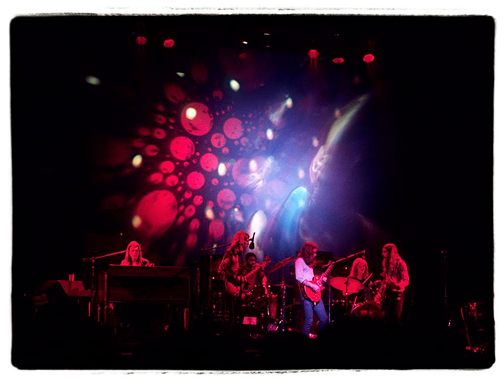
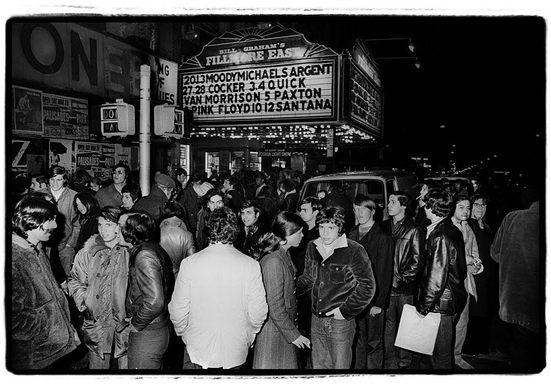
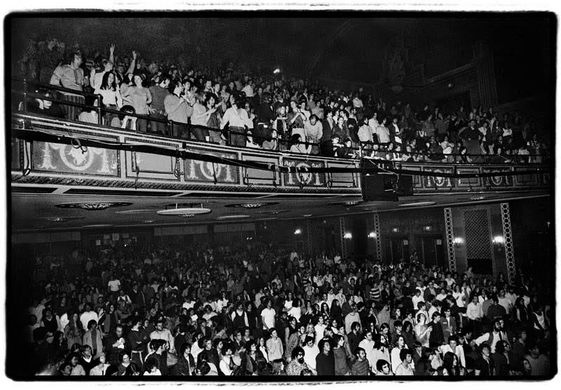
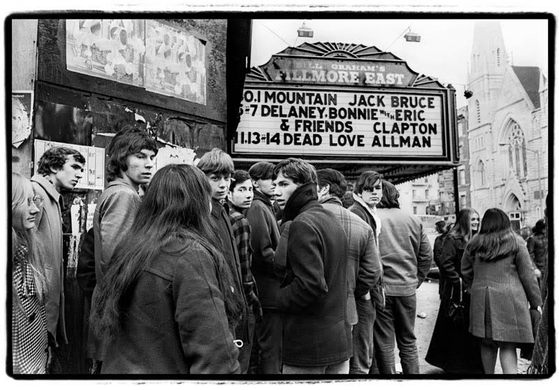
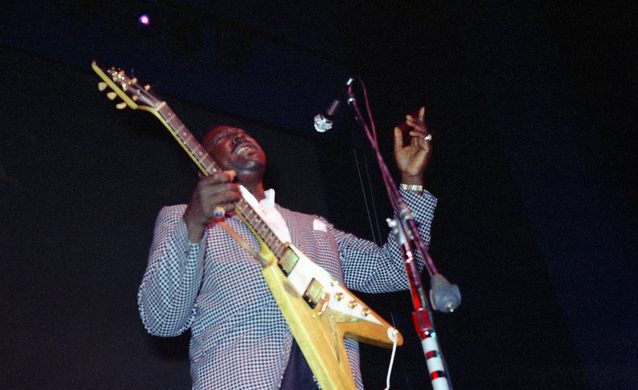

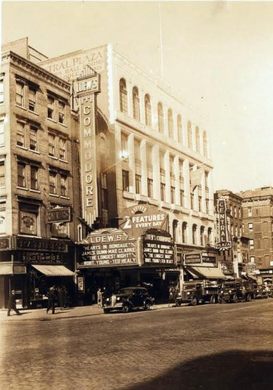
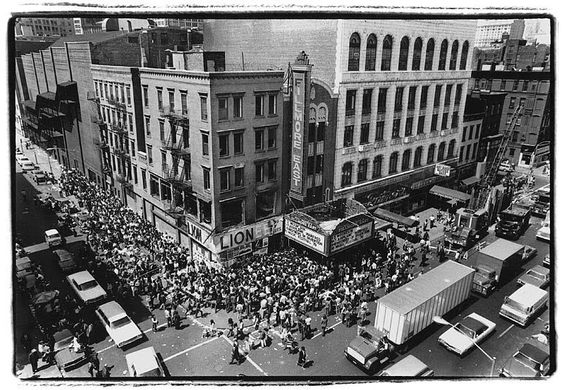









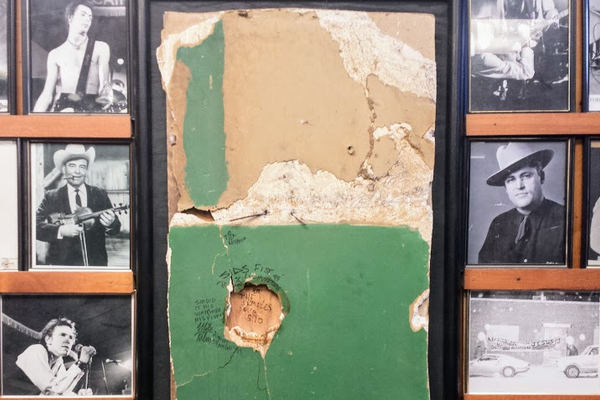
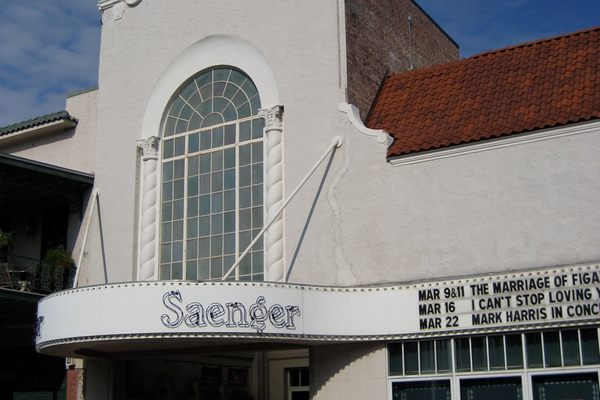


Follow us on Twitter to get the latest on the world's hidden wonders.
Like us on Facebook to get the latest on the world's hidden wonders.
Follow us on Twitter Like us on Facebook